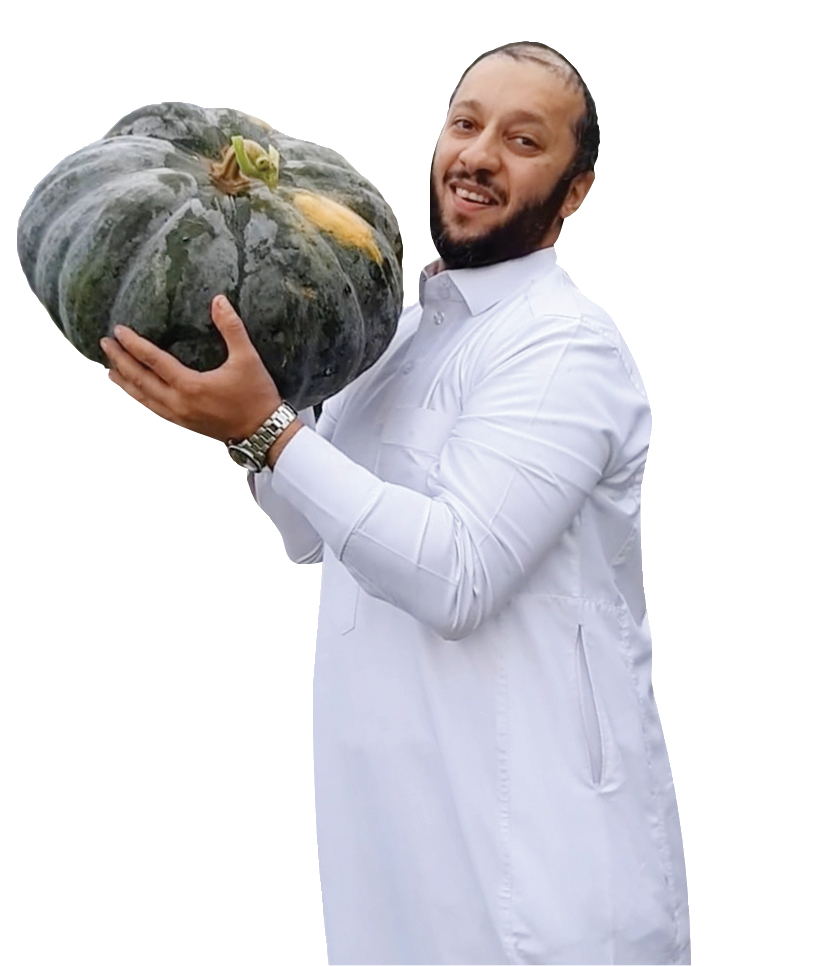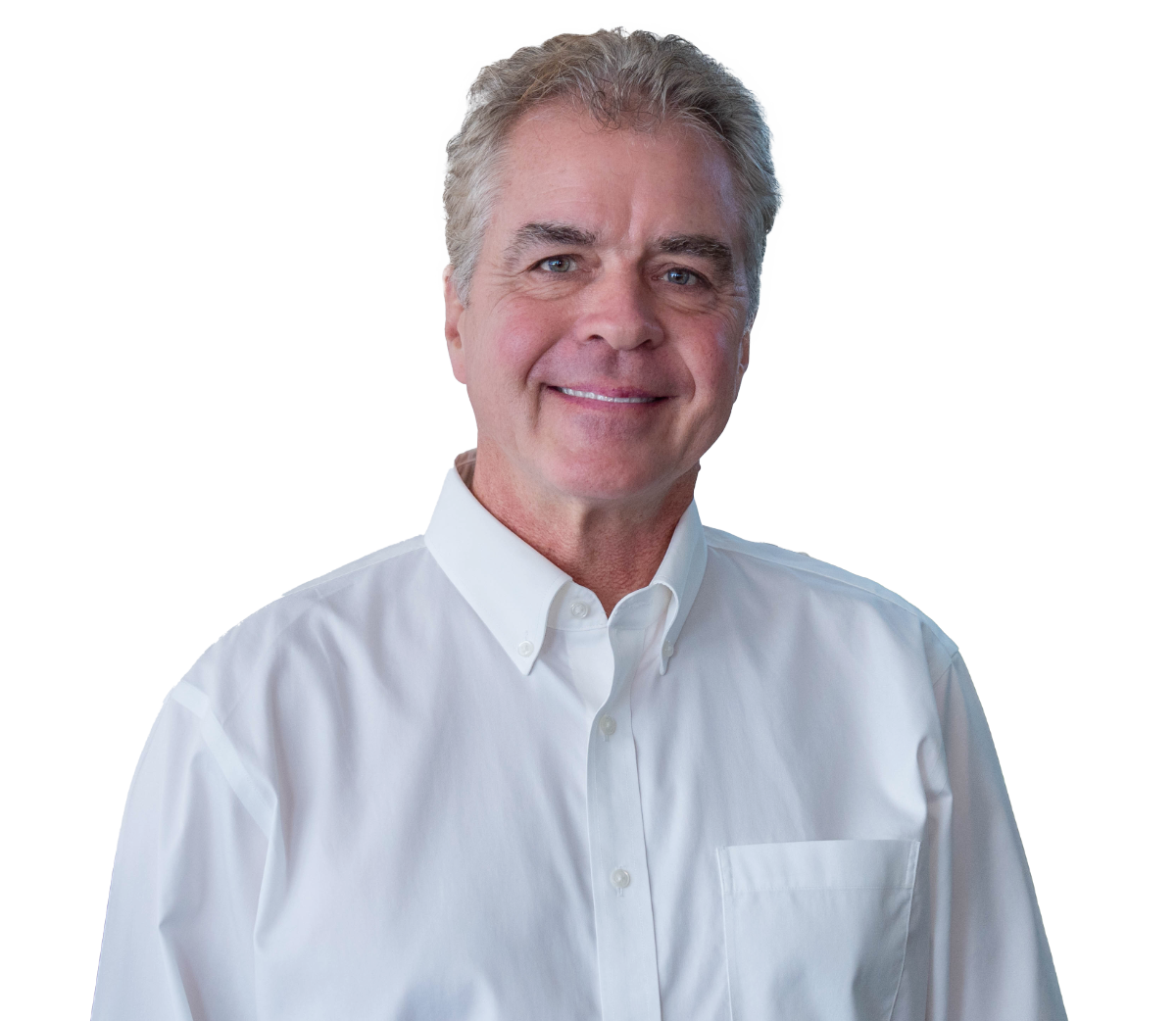MAKKAH: Widely acknowledged as one of the world’s natural treasures, Al-Ahsa oasis in Saudi Arabia’s Eastern Province is home to shady palm groves, crystal clear springs — and a centuries-old secret.
Scientists have long puzzled over how the ancient watercourse, the largest self-contained oasis in the world, managed to survive the passage of time, providing its lush, fertile surrounds with the gift of life.
Now researchers have their answer.
Traditional farming techniques stretching back centuries helped preserve one of the region’s green gems, scientists say. These methods are still practiced today, but with a modern twist.
Agriculture specialist Saeed Al-Hulaibi, an Al-Ahsa native, has spent years studying the oasis in a bid to understand how the area has kept its fertility.
The secret to the oasis’ long life is in the different irrigation methods used by farmers, he told Arab News.
Vast underground aquifers deliver an immense volume of groundwater, allowing for a range of irrigation methods that keep the oasis and its “enchanting richness” alive, Al-Hulaibi said.
“From ancient times to the present day, Al-Ahsa farmers resorted to conventional irrigation methods. Al-Ahsa sits on top of a sand layer mixed with mud or fertile clay soil and its altitude is low compared with other areas in Saudi Arabia, so water was always available in the region,” he said.
Al-Hulaibi said that rainwater eventually fills the space between sedimentary layers in a saturated zone below Al-Ahsa Mountains.
HIGHLIGHTS
• Agriculture specialist Saeed Al-Hulaibi, an Al-Ahsa native, has spent years studying the oasis in a bid to understand how the area has kept its fertility.
• The secret to the oasis’ long life is in the different irrigation methods used by farmers, he says.
• Vast underground aquifers deliver an immense volume of groundwater, allowing for a range of irrigation methods that keep the oasis and its ‘enchanting richness’ alive.
“Until recently, the water had a strong gushing flow, and because it is compressed under the mountain, it is released in the form of springs. Farmers need to water their palm trees only once every week or two,” he added.
Al-Hulaibi said that farmers transformed these springs into long channels running above ground to irrigate their crops.
“The more we head east in the Arabian Peninsula toward the sea, the more we find that there is a geological gradient, meaning that water flows naturally from the high region to the lowest area, which is Al-Ahsa.”
Skilled farmers were able to change the course of local Al-Khudood, Al-Dughani, Kulaibwa, Sulaisel, Duraiq and Baraber rivers, turning the region into an agricultural hub due to the abundance of water for irrigation and drinking. 
The rivers pass through the lush palm groves, with new water channels occasionally created to provide improved irrigation. This crisscrossing of water springs has continued for centuries.
Al-Hulaibi said that in the 1960s, after the number of rivers fell significantly, the Wakuti company was commissioned to conduct a study into the oasis, especially since Al-Ahsa at the time was an essential source of dates for domestic consumption and export.
“The company submitted its recommendations to King Faisal, who ordered a rescue of Al-Ahsa oasis as part of Al-Ahsa irrigation and drainage project. The government intelligently established the same rivers, but using specialized pumps, pumping water from the aquifers to concrete rivers that still exist today. These rivers went east and north, and their freshwater reached all the farms,” he said.
“The big river divided into a small river, known as Al-Abu, and then into the canal passing through the last stage, Fahl, a specialized channel directly linked to the farm and palm trees.”
Later, a German company, Holzmann, completed the upgrading, providing high-quality components, as well as superb engineering that still works perfectly today.
In the past, Al-Ahsa farmers irrigated their farms through immersion — flooding the earth with water, an ancient and well-documented method sometimes referred to as “runoff,” meaning the water is “running off” the land surface.
The German company used the same approach, submerging the “hose,” a 3-meter-long movable plastic water pipe, in the palm canal and then pulling it down through the Fahl channel to connect the water to the palm.
The channel is 1.5 meters higher than the Fahl, making the downward suction power highly effective. Hoses are installed in the canal to pass through the pond, which Al-Ahsa residents call Mijassahm, with water flowing out of the pond in a waterfall due to the pressure, passing through the inner channels before finally reaching the water strips. The color of the earth turns silver after being immersed in water.
Al-Hulaibi said that Al-Ahsa’s traditional farmers developed their agricultural and engineering skills without any formal study, but simply by daily work and experience handed down through generations.
“The farmer deals with the sapling that he has snipped from a large palm tree and that weighs around 30 kg with tenderness, as if he is handling a baby who has just come out of its mother’s womb. The sapling is carefully removed and kept it in a mulch.”
Farmers also relied on palm clusters before the advent of plastic bags.
“After the harvest, the clusters used to be placed in water to form a strong rope used to preserve the sapling while in the mulch. When the sapling grows and expands, it automatically cuts off, and the sapling continues to grow. Every part of a palm is fully utilized, and nothing is thrown away.”
Another skill inherited from their ancestors was spreading bean seeds around the sapling. The bean is a climbing plant that protects the young palm from high temperatures and drought. The sapling also benefits from the extra humidity provided by the bean plant.
Al-Ahsa is known for its palm trees, but watermelons, pumpkins and squash are also grown in the area, with farmers using palm leaves to create domes on top of the crops to keep marauding birds away.
Al-Hulaibi said that Al-Ahsa farmers use what is known as “regular irrigation,” explaining that it is poor practice to irrigate a plant that has just been sown, especially in the clay environment and during flowering time.
“It is better to give the plant time to extend its roots and search for water in the soil, encouraging it to grow,” he said.

































